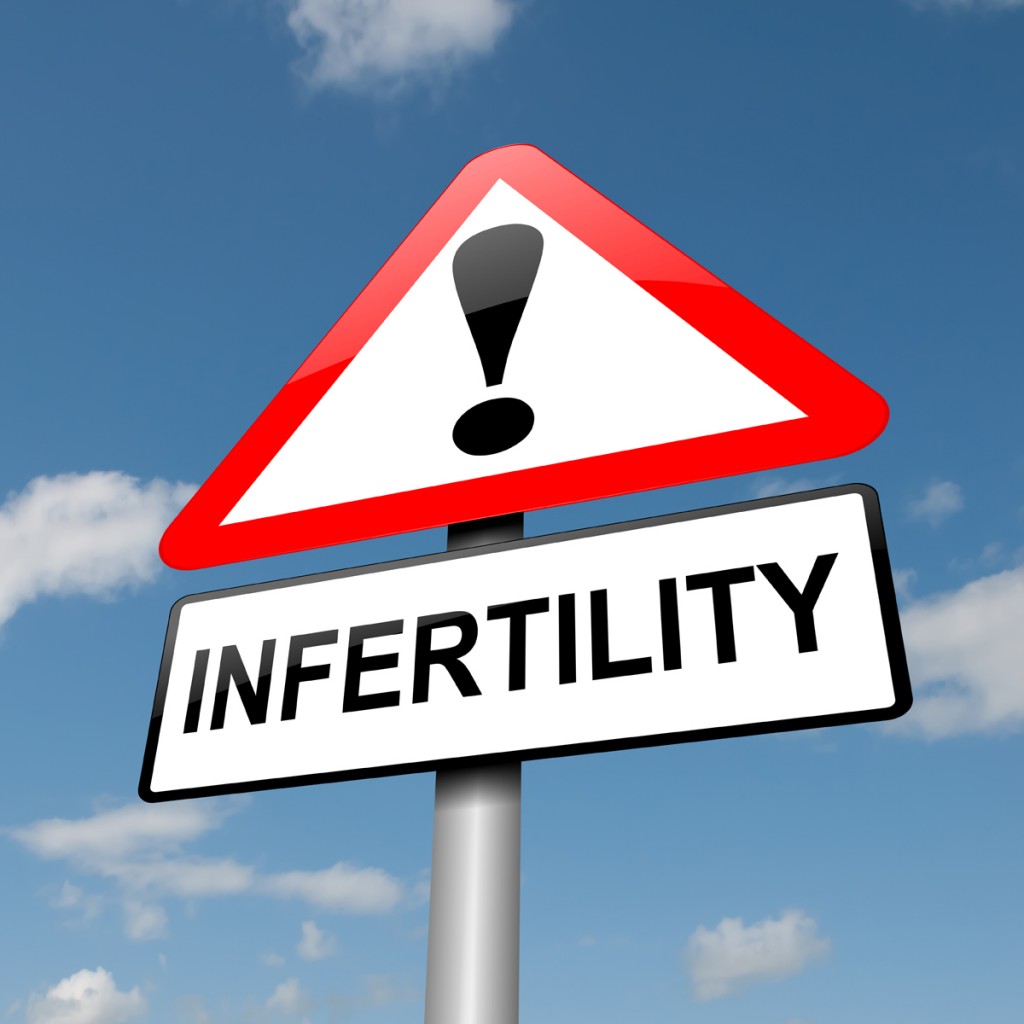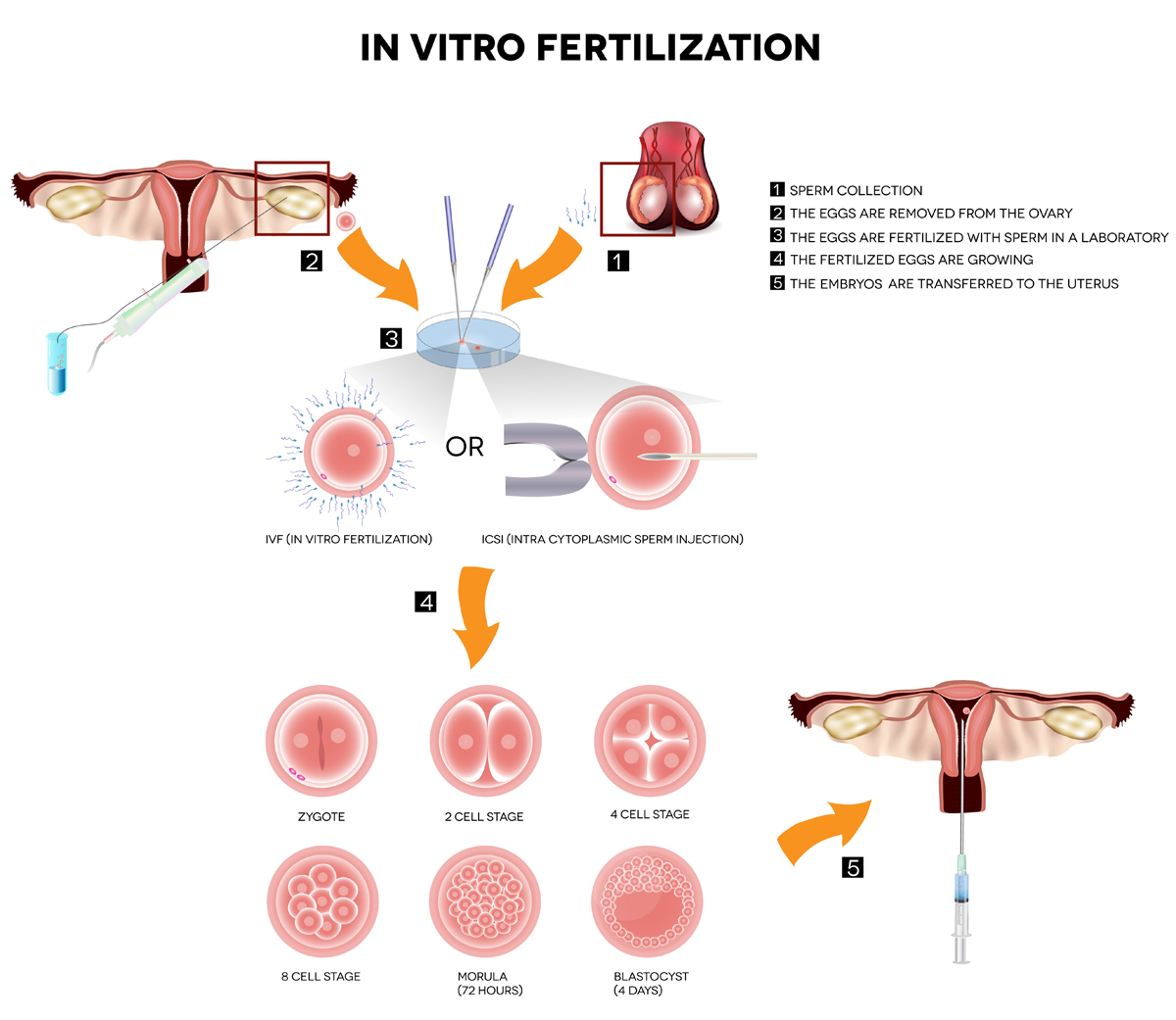Blocked or damaged fallopian tubes are among the main causes of unwanted childlessness and are seen as classical indications for IVF treatment (“In vitro fertilization”).
Tubal damage is frequently associated with the accumulation of serous, inflammatory or post-inflammatory fluids. We are referring here to a condition called hydro- or sactosalpinx.
What are the possible implications of this concomitant phenomenon and what therapy options are available?
Causes of fallopian tube obstruction/fallopian tube damage
Following ovulation, the oocytes are transported towards the uterus by means of small hair-like structures (fimbriae) inside the tubes. This is where fertilization occurs. Measurements show that the sperm up on their way to the egg, in addition to their own “buoyancy”, are supported by contractions of the uterus.
Infections (such as ascending chlamydia infection, endometriosis or an infection in the region of the fallopian tubes) can cause adhesions to form inside the tubes, thus compromising their proper functioning. Neither the oocyte nor the sperm can continue their way.
(→ more details on possible causes of unwanted childlessness in women)
Getting pregnant through IVF treatment
In order to bypass the “obstructed transport route”, a surgical procedure must be carried out to retrieve the oocytes which are intended to be fertilized with the sperm in a test tube – “Artificial Insemination” (IVF/ICSI/IMSI) – with subsequent transfer of the developing embryo to the woman’s womb (see Fig.).
Inflammatory fluids as concomitant phenomenon (hydro- or sactosalpinx)
Damaged fallopian tubes are frequently associated with the accumulation of serous, inflammatory or post-inflammatory fluids. The specialist term for this phenomenon is hydro- or sactosalpinx. Often, liquid collections may reach as far as the uterine cavity. Such a fluid collection is called serometra and is identifiable in ultrasound scans.
Impacts on embryo implantation
Today it can be regarded as evident that such fluid collections are a contributing factor to IVF implantation failure despite the transfer of well-developing embryos. The possible harmful effects these liquids may have on the uterine lining (implantation environment) are currently being discussed.
Surgical removal of damaged fallopian tubes
Nowadays, there is a broad consensus among specialists in reproductive medicine and gynecological surgeons that patients diagnosed with sactosalpinx should be treated surgically before undergoing IVF treatment. Today, the internationally recommended approach provides for the surgical removal of the affected (filled with serous, post-inflammatory fluids) fallopian tubes.
Often the decision whether or not to remove both tubes can only be taken in the course of the intervention, which in almost all cases is performed using microsurgical techniques. The decision depends, amongst other things, on the period of time for which conception has been attempted, on the degree of the inflammation of the tubes and on the patient’s prior clinical history (previous implantation failures after embryo transfer, persistent fluid accumulation also affecting the uterus etc.).
Recent studies on the possible inducing of ovarian cancer suspect that damaged tubes are a possible contributor to the development of this type of cancer. Thus, the removal of the fallopian tubes can also be considered as a preventive intervention.
A consistent approach is recommended
Since it is not easy for women to consent to the removal of their fallopian tubes, they often decide in favor of conservative treatment. However, when there is sufficient evidence that it will not be possible to achieve a spontaneous pregnancy developing inside the womb (see prior clinical history or also semen findings), we recommend to the patient to undergo thorough gynecological examination, including the precise analysis of the individual situation and subsequently take consistent action in this matter. This means that the tubes (both of them, if necessary) actually need to be removed. The couple concerned then has a very good chance of achieving a pregnancy through “In vitro fertilization”.
Links:
» Home
(Start page | https://www.fertility-treatment-blog.com)
(Page | https://www.fertility-treatment-blog.com)

















